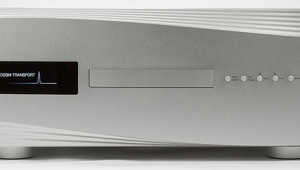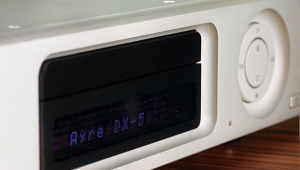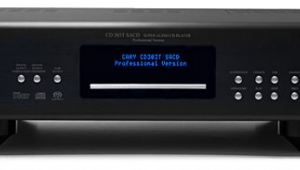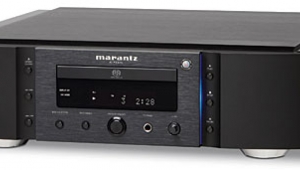| Columns Retired Columns & Blogs |
With DACs like this T+A unit, which have a totally separate, discrete, conversion scheme for DSD playback, it would be desirable to see a set of measurements for DSD playback. Many audiophiles are using these types of DACs with playback software which allows all file formats to be oversampled to DSD 256 or 512 for playback, because many find that this approach to D/A conversion offers improved sonics over PCM conversion, especially with sophisticated computer based oversampling to DSD allowed by playback software like Roon, and HQPlayer.
I would suggest, that at this point in the development of discrete DSD DACs, not doing and publishing measurements for DSD playback is only telling half of the story, indeed it is not telling much of the story at all for those users whose intent is to only send the DAC DSD data. Please, please consider doing measurements for DSD playback in the future.









































